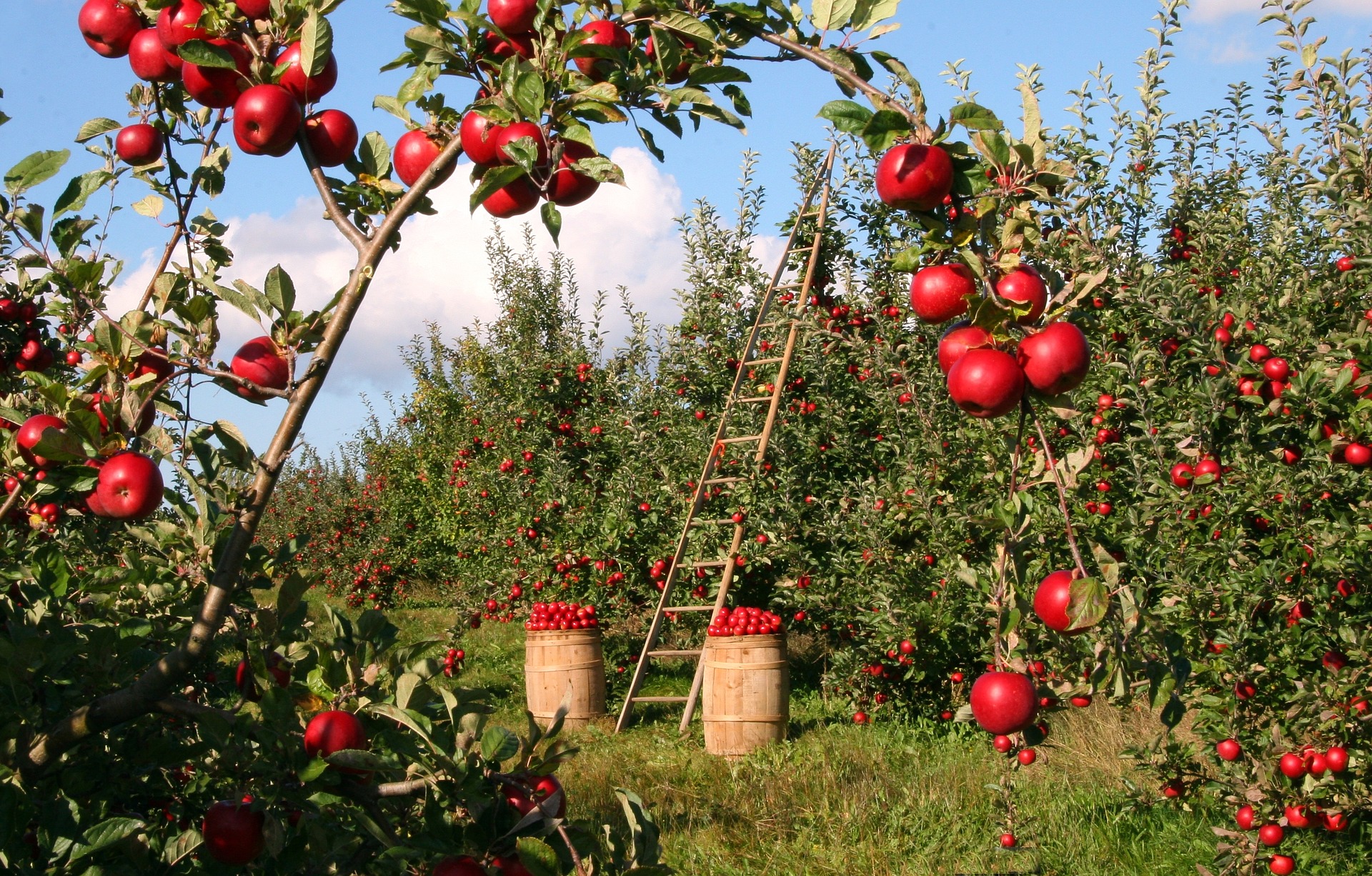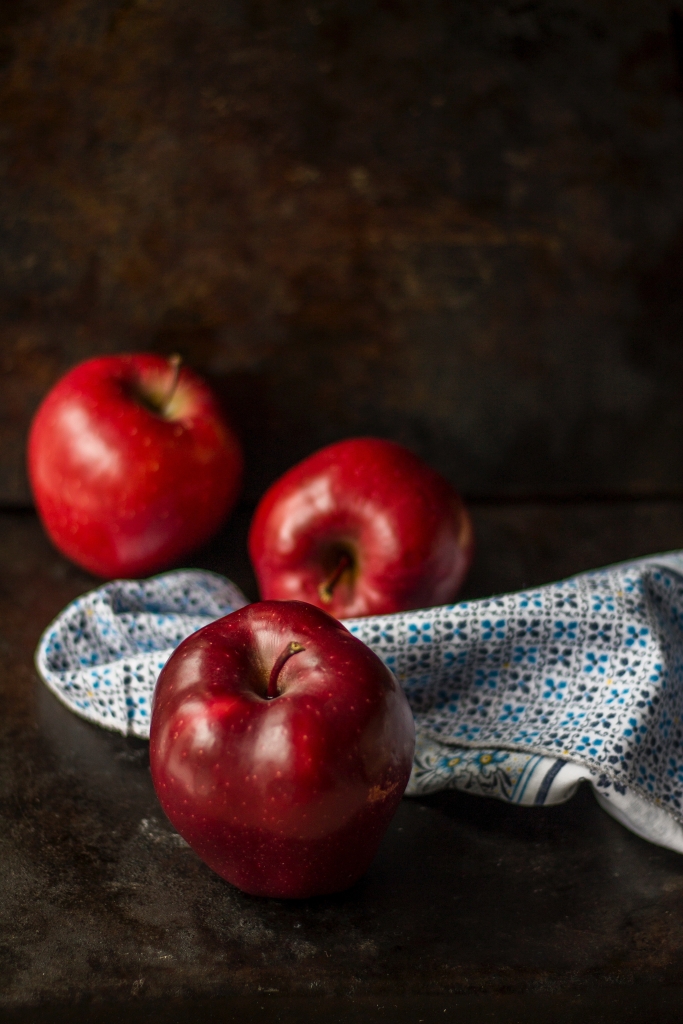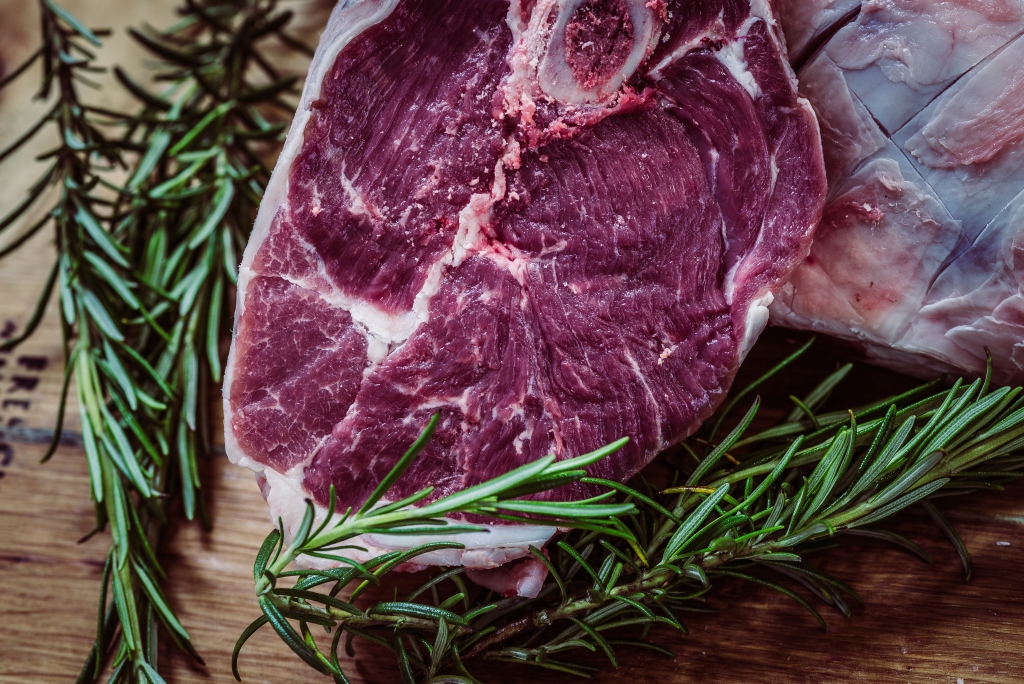
French agrifood, new horizons in China
China, because of the weight of its population, must feed 20.5% of the world’s population on only 9% of the world’s arable land, according to the French Ministry of Agriculture and Food. To ensure food security, the country must rely on imports. Thus, China represents the 7th largest foreign market for French products. The population is fond of products such as clothing, cosmetics or vehicles. However, the agricultural Made In France remains succinct.
With a better standard of living today, Chinese people are more likely to spend their income on food and buy French products. They wish to adopt a healthier consumption thanks to products of better quality, taste or nutrition for example. Benefiting from exemplary traceability is an indispensable factor for consumers, given the repeated health scandals in China. The consumption of Made In France products also highlights the social status.
Some French products still little exported
France ranks 8th or 9th in terms of fruit and vegetable exports to China. Yet, China’s demand for such commodities continues to grow. According to a 2015 Ifop Asia study, Chinese consumers have adapted their diet and consumed more fruit (64% of respondents) in recent years.
Only apple and kiwi allowed in China
On the occasion of the “Fruit & Vegetable Fair” held annually in Beijing, it is notable that France exports only two fruits in China, apple and kiwi. Exports of French apples “drop” according to the French Ministry of Agriculture and Food, due to the opening of the Chinese market to Polish apples. As for the kiwi, exports are doing well. Originally from China (China remains the world’s largest producer), it is grown in France in the Pays de l’Adour, between Pau and Bayonne. Its success is due in particular to its traceability. It benefits from a Red Label and a Protected Geographical Indication (PGI), a guarantee of quality.

But progress on baby kiwi, shallot and popping corn
Events are being held in China to deepen relations between the two countries in the agriculture and agri-food sector. One of the latest appointments is entitled “European Rendez-vous” (November 2018). During this meeting, France’s ambassador to China Jean-Maurice Ripert pleaded for the “promotion of French fruits and vegetables”, with the support of INTERFEL. Progress is promised: baby kiwis, shallots and popping corn are expected soon on the Chinese tables. Regarding French baby kiwifruit, a phytosanitary protocol should be signed in the spring of 2019 to promote its export to China. It will follow the displacement of a delegation of Chinese experts in France in the spring of 2019.
The return of French meat products in China
Beef, banned since “mad cow disease”
In 2001, the Chinese government decreed an embargo on French beef. It is the consequence of the appearance of BSE (Bovine Spongiform Encephalopathy) or “mad cow disease” in the United Kingdom in 1986, then in France in 1991. Given the health risks (including Creutzfeld-Jacob disease in humans), China is closing its territory to French meat. However, since 2001, France is in the “controlled risk” stage and in January 2016, it was planned that the country will go into “controlled risk”. Only the change of status did not occur because a case of BSE occurred in October 2015. Guy Hermouet, president of Interbev cattle (interprofession of the livestock and meat sector), however, recalled that it has not been shown that food was in question. This incident resulted in a delay in the return of the export permit.
But back in the Chinese plates
At the first edition of the China International Import Expo (CIIE) in Shanghai in November 2018, the French Minister of Agriculture and Food Didier Guillaume asked his counterpart the acceleration of approval procedures at the export for companies in the beef, pork and charcuterie sectors. In January 2018, during the visit of President Emmanuel Macron to China, the competent authorities agreed to welcome French beef back to China.
Beef is the most expensive meat in China since 2015 (2 times more expensive than pork). According to Interbev, the Chinese market is “the world’s second largest importer of beef with nearly 1.1 million tonnes imported each year”. The sale of beef is currently carried out by Alibaba.

The rise of French charcuterie and the highlighting of novelties
The French government would also like to increase the share of exports of charcuterie, which has been on the Chinese market since 2013. Moreover, in 2014 at the International Food Exhibition (Sial), the president of the French Federation of industrial delicatessens and caterers (Fict) Robert Volut promoted it to the representatives of the Chinese customs and health authorities. However, to access the Chinese market, the procedures are numerous and fussy. The Chinese authorities are moving to each French establishment to inspect and then approve it. By November 2018, thirteen pork slaughterhouses and four charcuterie companies had been approved, according to the assistant of the French agricultural adviser in China Thibaut Nancy.
A vast market to seduce
Other products will probably be offered for export in the next few years. France has already filed applications for market opening with the competent authorities of China for three products: shallot, baby kiwi and popping corn. For the moment, only the one for the shallot was completed in November 2018, after the meeting between the Minister of Agriculture and Food Didier Guillaume and the Minister of the GACC (the customs administration Chinese) Ni Yuefeng. The file was filed five years ago, according to Daniel Soares, international marketing manager of INTERFEL.
China has the largest population in the world (nearly 1.4 billion in 2017). The Chinese middle class had about 110 million potential consumers by the end of 2015. The volumes imported by this country may therefore allow some French companies to offset the decline in sales in France. Indeed, it is possible to bet on some pieces not appreciated in France and on the contrary recognized for their taste qualities in China, such as bones.
However, seizing these opportunities means a minimum compliance with the Chinese market. The example of the French apple is striking: its “French” characteristics seem inappropriate to the Chinese taste. The texture, the flavor differ a lot. Indeed, it is necessary to explain the products, to promote their uses and specificities, by means of various communication actions and events. Some information is more attractive to the Chinese consumer, such as the origin of the product, the vitamins it contains (important for fruits and vegetables, for example vitamin C for French kiwifruit) and the biological quality. Believing that French products will necessarily appeal to the Chinese market is tendentious. The latter has its specificities, and adaptation to local palaces is paramount.
Given France’s agricultural and agri-food influence beyond its borders, it is able to help China in its ambition to modernize its agriculture and improve its competitiveness. As such, Chinese delegations are regularly received in the French countryside. They move to learn and learn about the know-how of French producers.